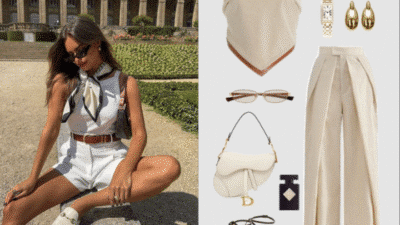Creating a Pinterest-worthy space starts with making a clean, simple foundation. Clutter can distract from the design, so reducing it helps the room feel fresh and open. Adding layers of texture and using illusions, like mirrors or lighting, can make the space more interesting and cozy.
The key to building a Pinterest-worthy space is mixing style with personal touches while keeping things neat and balanced. Whether it’s a cozy living room, a stylish kitchen, or a playful area for kids, thoughtful details and a clear plan make all the difference. With the right ideas, anyone can turn their space into one that looks great and feels welcoming.
Designing an Inspiring Pinterest-Worthy Space
It starts with knowing the style you want and gathering ideas that fit together. Choosing colors that flow well will make the space feel connected and inviting. Small details and visual planning help bring everything to life.
Uncovering Your Aesthetic
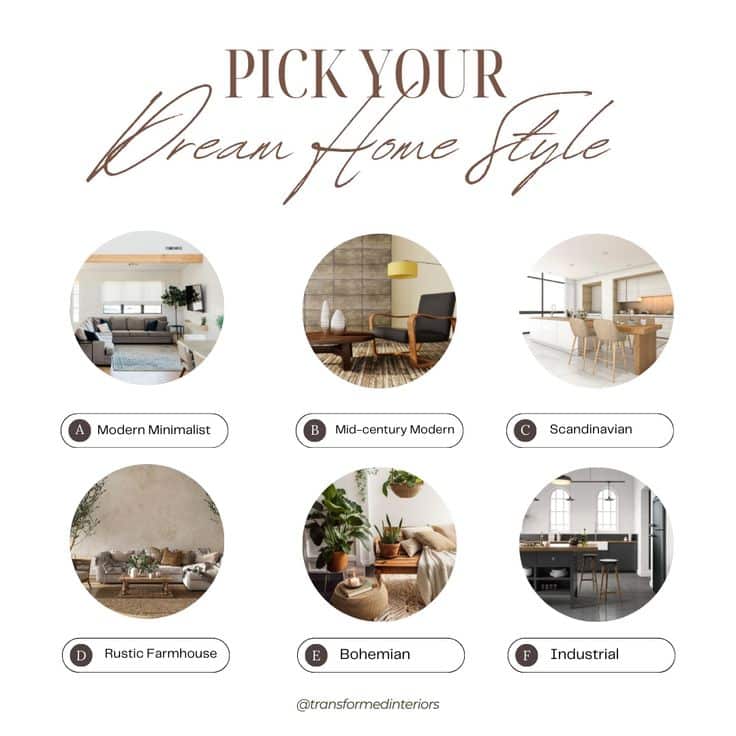
Finding a clear style is the first step to creating a space that feels true to you. He or she should explore different themes, like modern, rustic, or minimalist, to see what resonates. Looking at photos, magazines, or Pinterest boards can help identify patterns in what appeals to them.
Writing down favorite styles or elements makes it easier to focus. They might find they love natural materials, bright colors, or clean lines. Knowing this will guide choices in furniture, decor, and layout so the space feels consistent and personal.
Creating Vision Boards for Inspiration
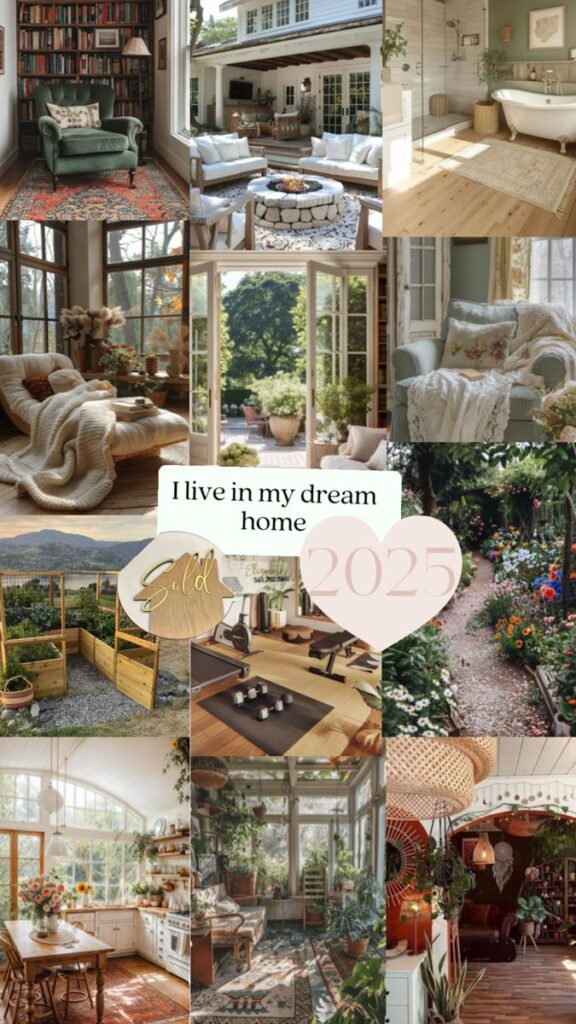
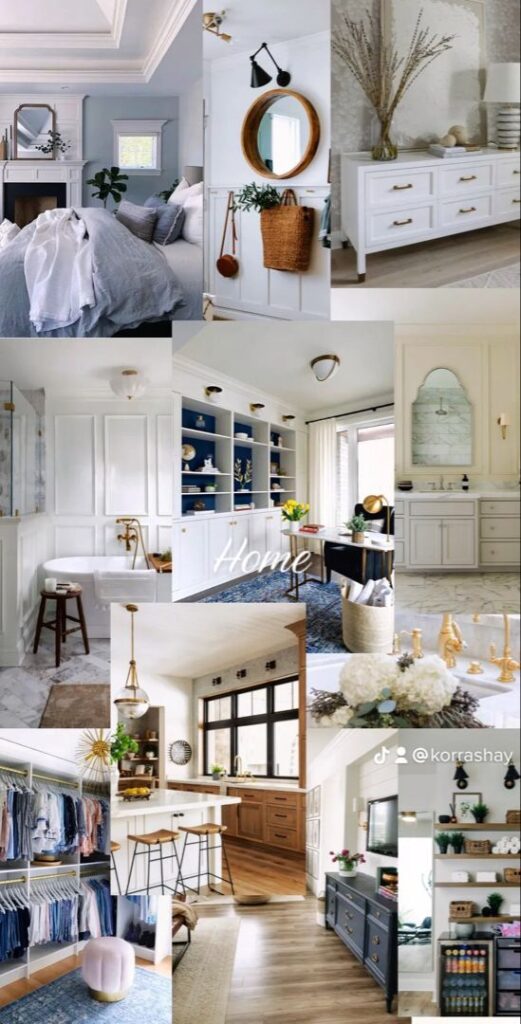
A vision board gathers all ideas in one place, making it easier to picture the final space. They can pin or paste images of furniture, colors, textures, and accessories that match their style.
Using either a physical board or apps like Pinterest itself helps organize ideas visually. This way, they avoid mixing clashing styles or picking random pieces. A clear board also inspires better decisions and helps communicate ideas if working with others.
Selecting a Consistent Color Palette
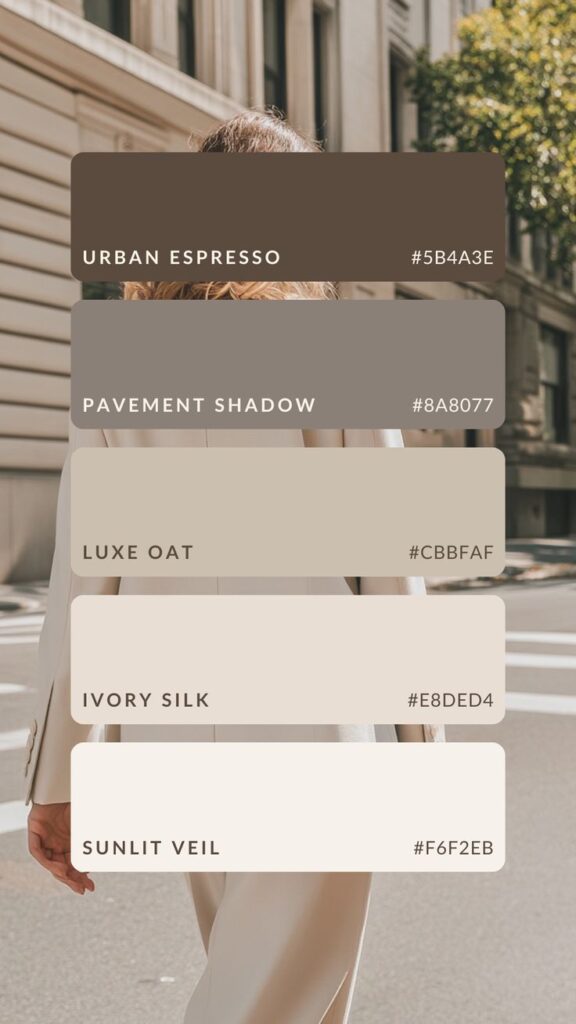

Choosing a color palette pulls the whole room together. It’s best to start with two or three main colors and add a few accent shades for variety. They should consider how colors work with light and room size.
Neutral tones, like whites or grays, create a calm base. Adding pops of color in pillows, art, or rugs adds interest without overwhelming. Keeping finishes and fabrics in related tones makes a space feel balanced and polished.
| Tip | Reason |
|---|---|
| Limit to 3 main colors | Keeps design simple and cohesive |
| Use neutrals | Provides a flexible, calm background |
| Add accents | Brings life without clutter |
Styling and Personalized Touches
Building a space that feels unique takes more than just picking furniture. It means choosing standout items, mixing different textures, and arranging everything so it looks good and works well. These moves help make a room truly special and inviting.
Incorporating Statement Decor Pieces
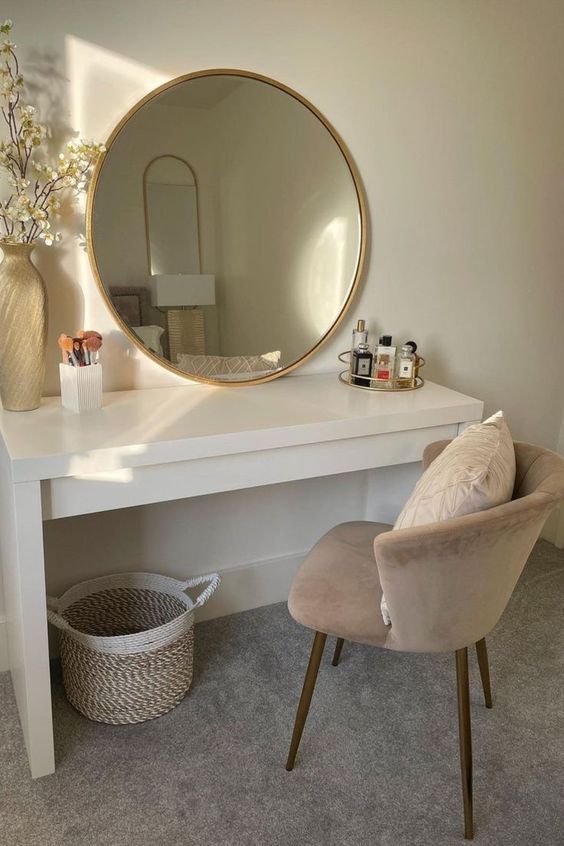

Statement decor pieces catch the eye and add personality instantly. It might be a bold art print, a colorful rug, or a unique light fixture. Choosing just one or two of these pieces prevents the space from looking cluttered.
When adding statement items, it’s key to think about size and placement. Large items go well against plain walls to stand out. Small accents grouped together can also make an impact without overwhelming the room.
Using decor that reflects personal interests or style helps the space feel lived in. For example, a vintage clock or handmade vase adds a story to the room.
Mastering the Art of Layering Textures
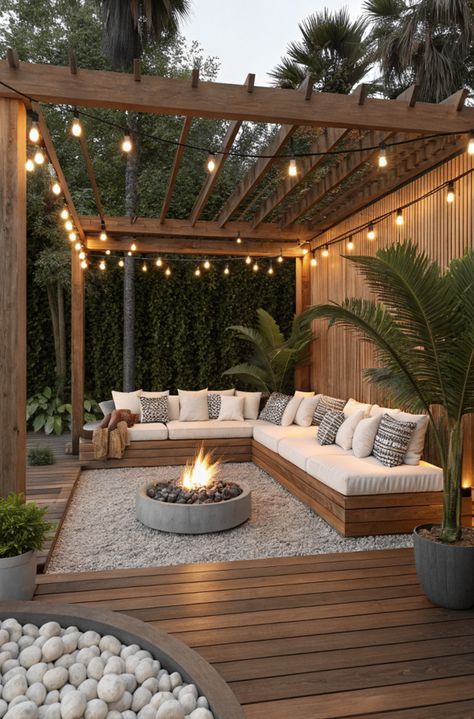
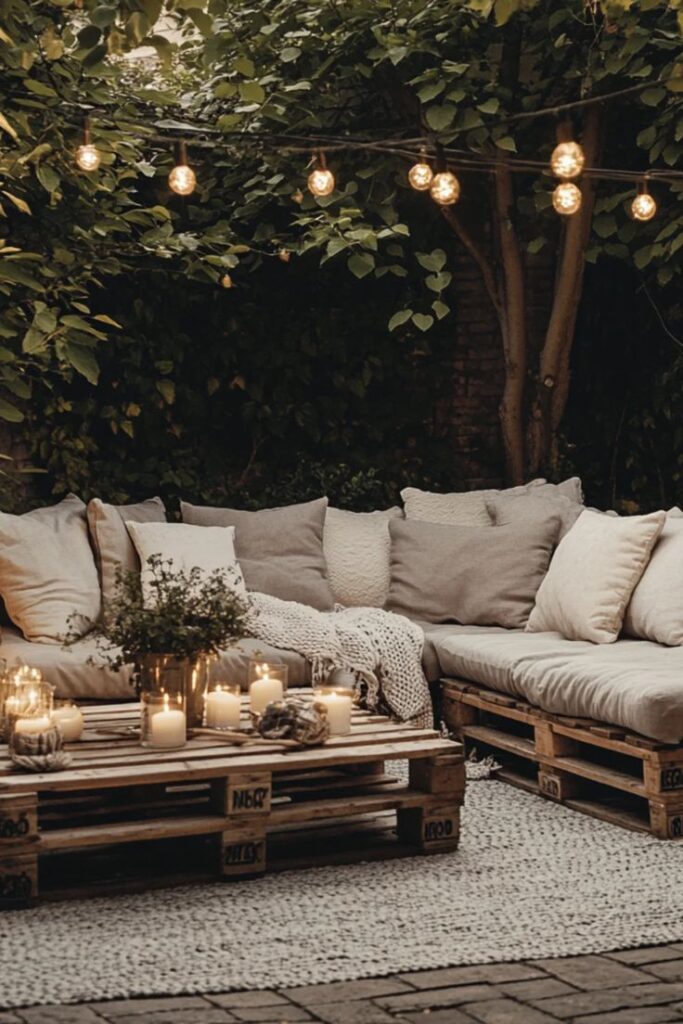
Layering different textures gives a room depth and warmth. Combining soft fabrics like cushions or throws with harder materials like wood or metal makes the space inviting.
Textures can be mixed through textiles, furniture, and decor items. A velvet pillow on a linen chair or a woven basket next to a smooth ceramic vase brings variety without chaos.
Balance is important here. Too many rough or smooth items can feel off. Layer just enough so the room looks cozy but still neat.
Arranging Functional and Stylish Layouts

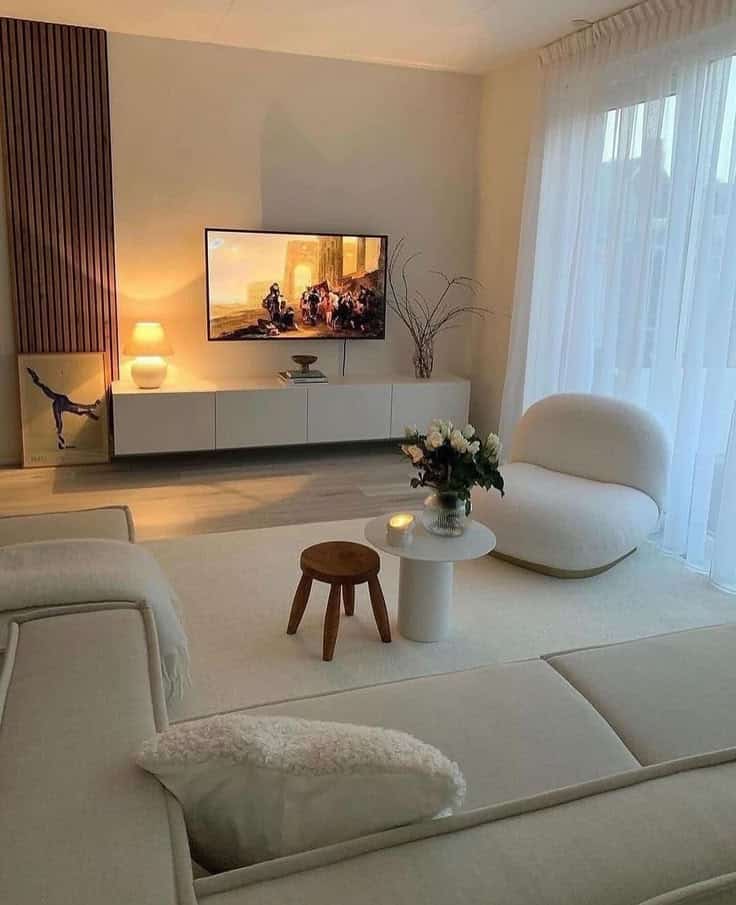
A good layout balances how a room looks with how it works. Furniture should be placed so people can move easily while creating clear zones for different activities.
For example, placing a sofa facing a window or a TV focuses attention and encourages relaxation. Adding side tables or shelves nearby keeps things handy but tidy.
Using rugs or lighting can also help define areas and add to the overall style. Thoughtful furniture arrangement makes a space both Pinterest-worthy and practical.
- 3.0Kshares
- Facebook0
- Pinterest3.0K
- Twitter0
